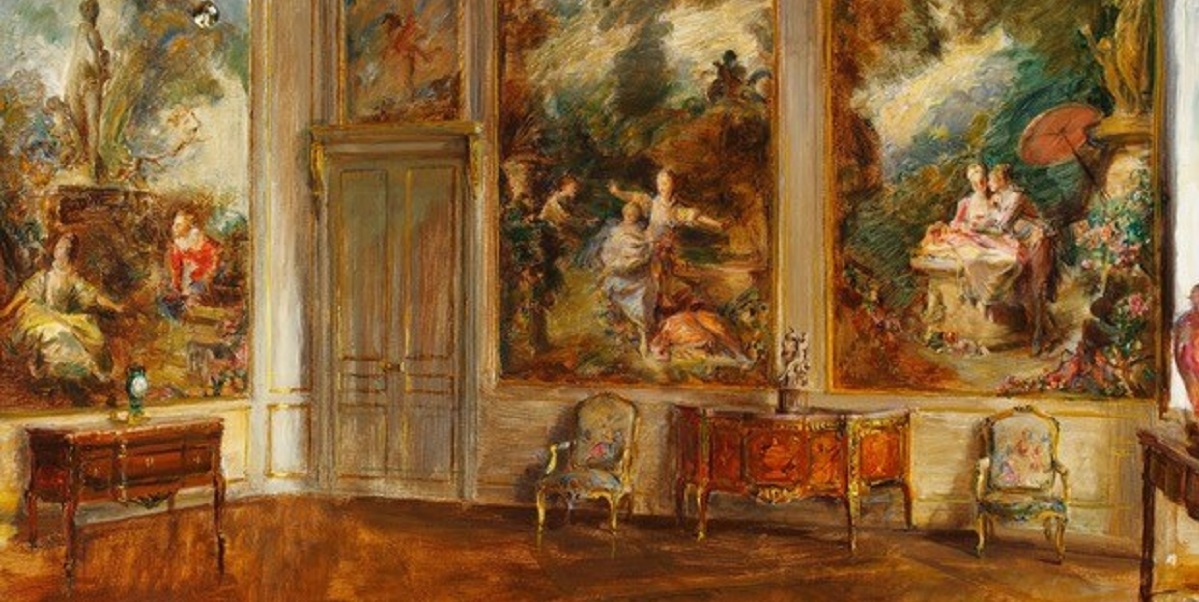Overview
Registration for this course have now closed. To see other upcoming courses please click here.
In the decades surrounding the turn of the twentieth century New York was seized by a passion for things French in architecture and decoration. Palatial residences built in the manner of Parisian aristocrats and Bourbon kings lined Upper Fifth Avenue, while eighteenth- and nineteenth-century French decorative arts poured into public and private collections from London and Paris. The result was a unique style of interior decoration that gave new meaning to the phrase “Gilded Age.”
This short course will focus on the development of French-style interiors in New York mansions between 1880 and 1930, highlighting important decorators, collectors, sales, and social trends. Lectures will situate mansions within the broader context of an international art market and consider the ways in which prominent figures like Alva Vanderbilt Belmont and Henry Clay Frick, Jules Allard and Joseph Duveen adapted European materials to suit changing American tastes.
Schedule
February 5 – Building in the Gilded Age
February 12 – The Arrival of the Paris Decorator (1880s)
February 19 – Fashioning the Period Room (1890s)
February 26 – French Interiors After 1900 (1900s)
March 5 – Demolition and Dispersal (1920s onward)
What you will learn:
- Familiarize with key professionals, patrons, and projects associated with the development of a “French” interior decorating style in New York
- Identify major themes and shifts in mansion building and furnishing
- Understand the social, architectural, and commercial conditions in which these shifts occurred
Image: Walter Gay, The Fragonard Room, 1926. Oil on canvas. 25.5 x 19.5 in. The Frick Pittsburgh.

